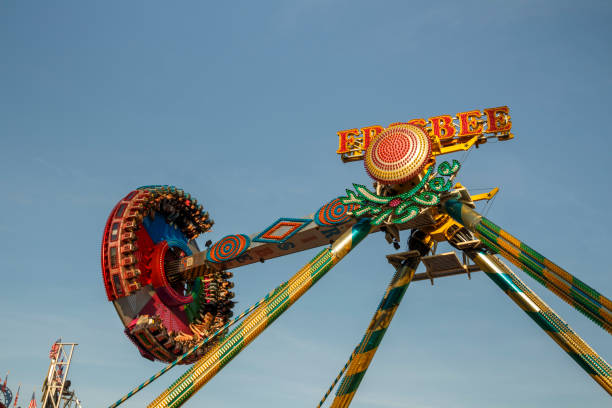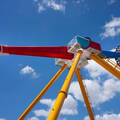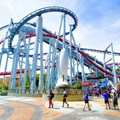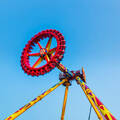Amusement parks thrive on spectacle and sensation. As guest expectations evolve, thrill rides continue to push the boundaries of height, speed, and psychological intensity. The most popular options in this category offer a carefully engineered combination of kinetic force, sensory immersion, and repeatable excitement. They are not just rides—they are high-performance machines designed to deliver consistent, controlled exhilaration.
The Vertical Challenge of the Drop Tower
Among the most iconic thrill structures, the drop tower remains a dominant presence in parks worldwide. This vertical ride elevates passengers slowly to a towering height—sometimes exceeding 120 meters—before releasing them in a sudden, unrestrained plunge toward the ground. The freefall experience, typically lasting only a few seconds, delivers a visceral punch unmatched by other ride types.
Modern drop tower systems employ magnetic or pneumatic braking mechanisms, which allow for precise deceleration at high velocities. This ensures rider safety without compromising on the shock value of the descent. Some versions add rotational gondolas or tilting seats to increase visual disorientation and enhance the illusion of danger. From a structural standpoint, these towers are feats of vertical engineering, combining lightweight alloys, reinforced concrete foundations, and redundant fail-safes to maintain performance integrity under extreme loads.
The psychological appeal of the drop tower lies in its anticipation curve. Riders experience extended moments of tension during the ascent, followed by an abrupt loss of control during the fall. It mimics the physiological response of falling in a dream—instantaneous, irrational, unforgettable.
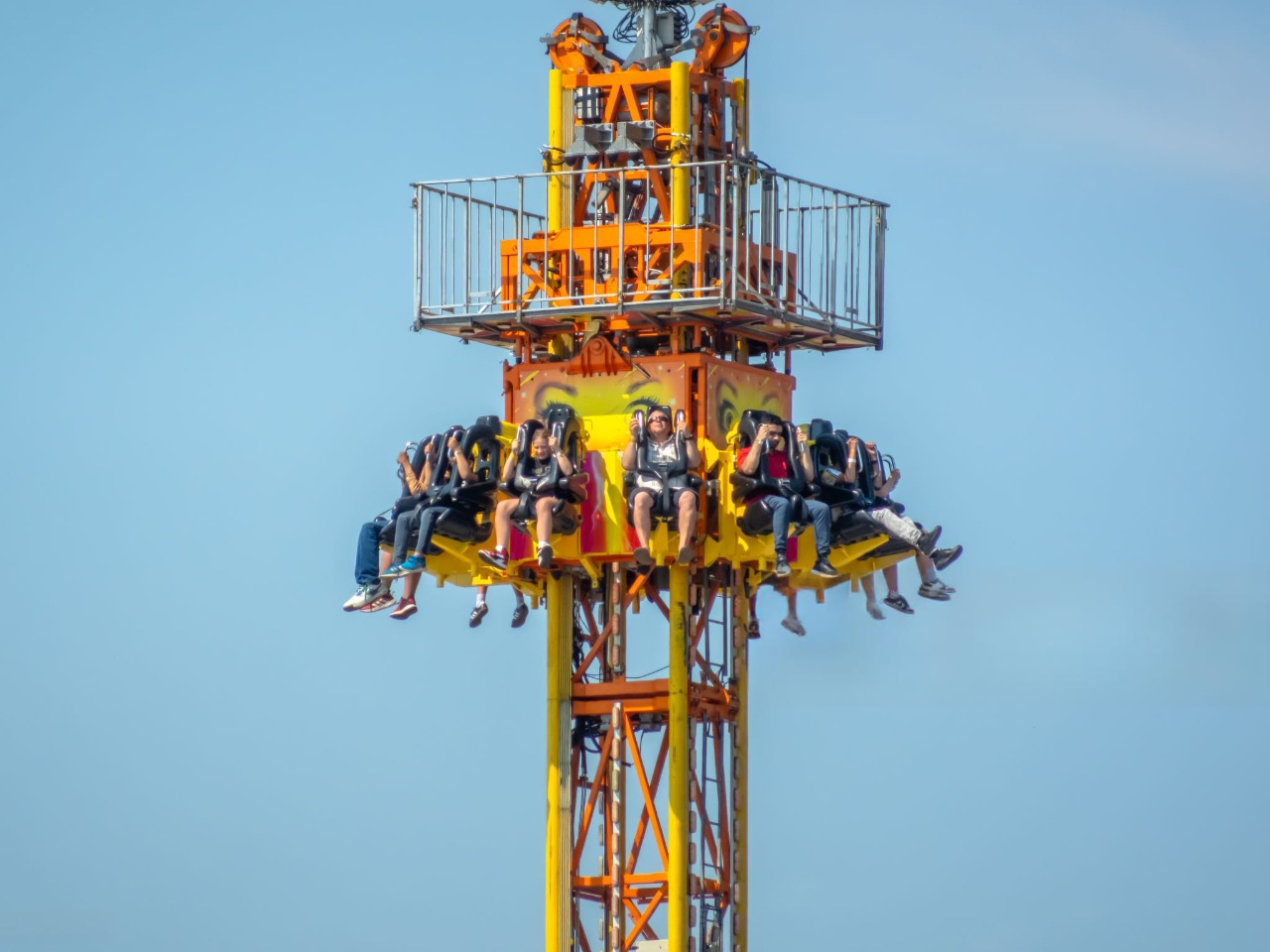
The Kinetic Swing of the Pendulum Amusement Park Ride
Another key player in the thrill category is the pendulum amusement park ride. Recognizable for its towering A-frame and central swinging arm, this attraction captivates both riders and spectators with its dramatic motion arcs. The structure typically features a suspended passenger gondola that swings back and forth while simultaneously rotating, creating a dynamic, dual-axis thrill environment.
The pendulum ride's appeal is rooted in angular momentum and gravitational manipulation. Riders experience alternating periods of weightlessness and amplified G-forces, especially near the swing’s apex and nadir. The combination of centripetal acceleration and free-swinging oscillation produces a sensation of chaos, yet remains fully controlled through programmable drive systems and high-tensile structural supports.
Variants of this ride can be scaled to fit park needs—ranging from compact models suited to regional attractions to colossal installations that become visual centerpieces. The aesthetic flexibility and high-throughput capacity make it an attractive investment for operators seeking maximum visual and operational impact.
Launch Coasters and Linear Acceleration
Giant Inverted Boomerangs and Suspended Thrills
Inverted boomerang rides, where passengers hang below the track rather than ride above it, present another dimension of thrill. These rides often start with a reverse pull up a vertical tower before launching forward through a cobra roll and vertical loop—then reversing direction to complete the sequence backward. The pendulum-like motion, combined with the suspended seating, intensifies the disorientation factor.
Suspended coaster systems require specialized bogie assemblies with high rotational tolerances, as well as track banking techniques that account for inverted forces. Riders experience a unique sensation of flying, swinging through complex geometry with minimal visual context. These rides challenge equilibrium and perception, offering a unique blend of physical and sensory intensity.
Spinning and Tumbling Gyroscope Rides
Multi-axis rotation rides, often inspired by aviation and astronaut training equipment, are gaining popularity as high-intensity experiences. These attractions involve cabins or individual seats mounted on rotating arms that spin on multiple axes simultaneously. The unpredictable movement path subjects riders to constantly shifting G-forces and orientation changes.
The complexity of these rides lies in their mechanical choreography. Programmable sequences determine the direction and speed of each axis, allowing operators to adjust ride intensity in real time. Safety is ensured through over-the-shoulder harness systems, redundant rotation limiters, and motion synchronization with control panels. These rides tend to attract older teens and young adults seeking physical challenge and immersive motion.
Sky Swings and Rotating Towers
Hybrid thrill rides such as sky swings combine vertical lift with horizontal rotation. Riders are seated in swing chairs or enclosed capsules that ascend a rotating tower. Once at full height, the ride accelerates rotational speed, causing the arms to extend outward from centrifugal force. The result is a combination of altitude, wind pressure, and rotation that mimics the sensation of flying.
Materials used in sky swing construction are typically lightweight composites and high-tensile steel cables, selected to minimize swing deflection and maintain load stability. These rides offer high rider capacity and excellent skyline visibility, making them popular choices in urban-based amusement parks where real estate is limited but vertical space is ample.
Conclusion
The popularity of thrill rides continues to climb, fueled by technological advancements and the innate human desire for controlled risk. Attractions like the drop tower and pendulum amusement park ride represent the pinnacle of mechanical showmanship—where physics meets emotion, and where calculated engineering delivers unpredictable sensations. As demand for extreme experiences escalates, ride designers and manufacturers will keep pushing limits, ensuring that thrill rides remain at the forefront of the amusement park industry’s evolution.

